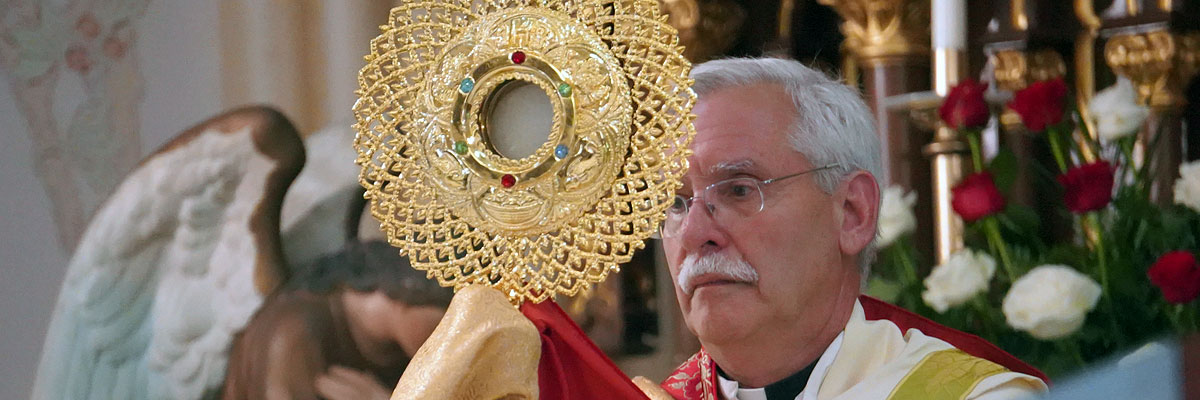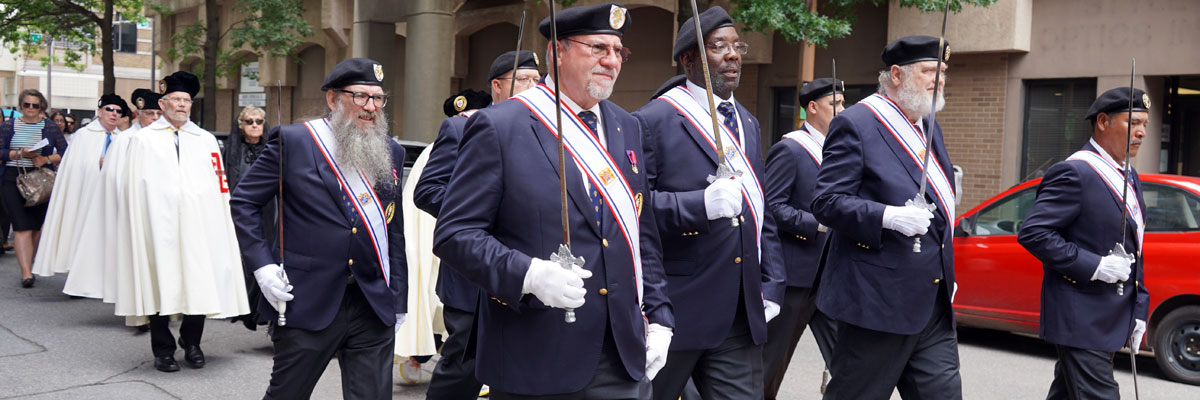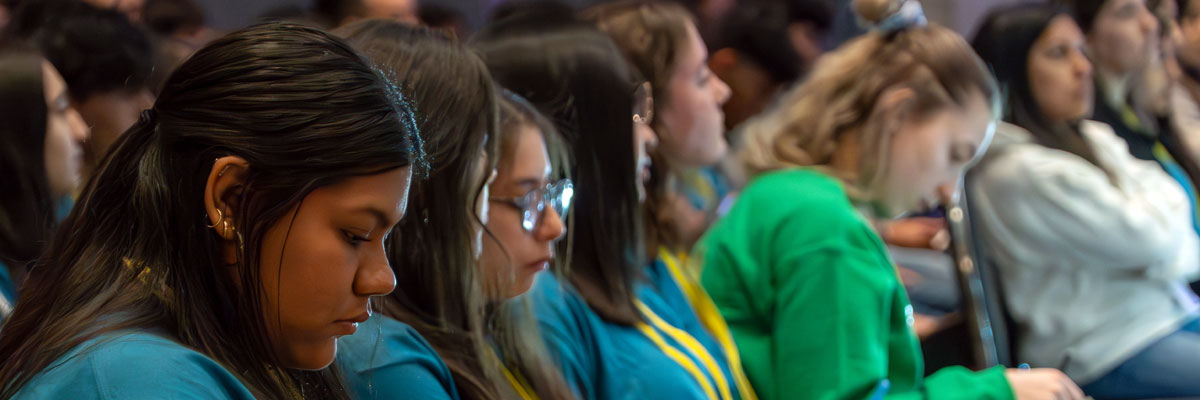Official Website of the
Catholic Diocese of Little Rock
Solemnity of Mary, Mother of God 2015
Published: December 31, 2014
Bishop Anthony B. Taylor preached the following homily at St. Monica Church in Edmond, Okla. on Wednesday, Dec. 31, 2014.

Bishop Taylor
Every year I look forward to celebrating Mass here at St. Monica where I have so many warm memories as the founding pastor of this parish, and having been given such a privileged role in the shaping of this community from its earliest days.
Since then the Lord has entrusted other communities to my care — first Sacred Heart Parish for five years, and now already six years in the Diocese of Little Rock. I have experienced in my own life that here we have no lasting home, which is something we ought to reflect on as we begin a new year. Problems that seem to loom so large are just temporary in the grand scheme of things. So also are our most treasured accomplishments. Change is part of life.
This truth is especially evident today. What we celebrate on New Year's Day has changed over time. When I was a child, it was the feast of the circumcision of the Lord because it falls on the eighth day after Christmas, and as we heard in today's Gospel, "When eight days were completed for his circumcision, he was named Jesus, the name given him by the angel before he was conceived in the womb."
It is a time for reflecting on the past and the present, and then making resolutions for the future. Reflecting on the past involves, of necessity, a certain amount of ambiguity tolerance, which gives us needed perspective for dealing with problems in the present. Looking to the future is an exercise in hope.
But then in 1974 — exactly 40 years ago — the ancient solemnity of Mary, the mother of God was restored to Jan. 1. This was the date on which it had been celebrated for over 600 years — from the 600s to the 1200s A.D. — at which point it was displaced by what was then the new feast of the circumcision.
This happened in part because, though different, both feasts are actually quite compatible with each other: 1.) celebrating the fact that Jesus was already fully God when conceived by Mary, making her in that sense the Mother of God, and 2.) celebrating the fact that Jesus is also fully human and so was circumcised in fulfillment of Jewish law — "born under the law" in the words of our second reading.
In the 1970s some found this restoration of the solemnity of Mary, the Mother of God to the liturgical calendar jarring, especially those who didn't like the liturgical changes set in motion by the Second Vatican Council, which had devoted an entire chapter of Lumen Gentium, the Dogmatic Constitution on the Church, to "The Role of the Blessed Virgin Mary, Mother of God, in the Mystery of Christ and the Church."
And all the more jarring because just seven years earlier, in 1967, Pope Paul VI had already declared Jan. 1 to be the World Day of Peace, which of course fits too since Jesus is the Prince of Peace who has come to inaugurate the kingdom of peace and justice — a very welcome change for which we all long. And then of course in secular culture, New Year's is not just another day on the calendar either.
It is a time for reflecting on the past and the present, and then making resolutions for the future. Reflecting on the past involves, of necessity, a certain amount of ambiguity tolerance, which gives us needed perspective for dealing with problems in the present. Looking to the future is an exercise in hope.
So today we are gathered to thank the Lord for his many blessings and to entrust our future into his hands, knowing that we are merely sojourners in this life. Here we have no lasting home. Our true home awaits us in the life to come, for which we pray and in which we place our hope. In the meantime, I make my own the words of the priestly blessing in our first reading today: "The Lord bless you and keep you! The Lord let his face shine upon you, and be gracious to you! The Lord look upon you kindly and give you peace!"









